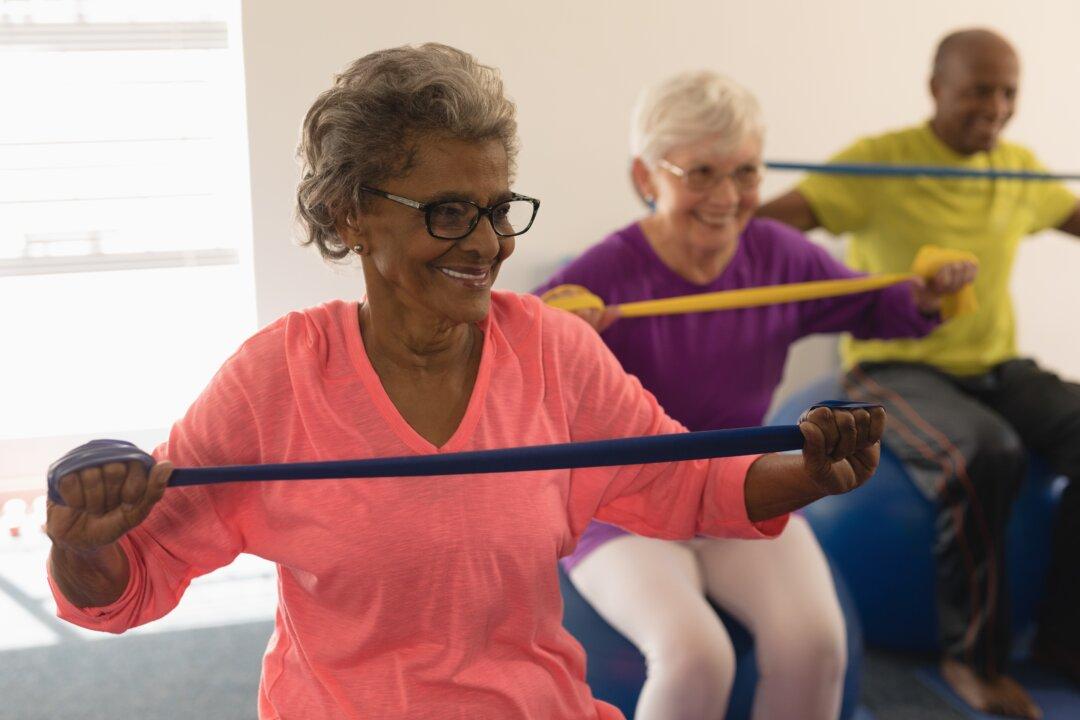As we age, we tend to become more sedentary. Too much sitting can result in a loss of pressure being applied to your bones. When bones don’t get as much of a workout, they can become less dense, more brittle, and susceptible to breaks.
Many older people also don’t think about breaking bones as a significant issue. It’s younger folks who are always bounding about and breaking arms and legs, after all. While it’s true that many children and adults do experience broken bones, according to a National Institute of Health study, people who are 50 years and older are more at risk than their younger counterparts.






